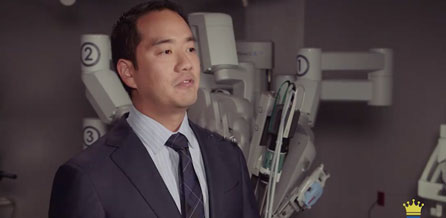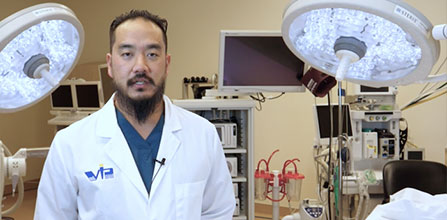Athletic Pubalgia – When a “Hernia” Is Not Really a Hernia
Most men have been admonished their entire lives…don’t lift too much, don’t push too hard – you’ll get a hernia. While this may be true, and upwards of 25% of all men will develop an inguinal hernia, the diagnosis is not always straightforward.
You’re playing sports, most likely something that involves planting and twisting, like soccer or basketball, and there it is…the dreaded groin pain. It has to be a hernia right? Well, maybe not.
What is a Hernia?
A hernia is a tear in the fascia of the abdomen that allows its contents to push through. Most hernias affect men and most men with hernias have what’s known as an inguinal or groin hernia. About 800,000 of these hernias are repaired every year. But while many risk factors can increase the chances of a groin hernia, most men who get them are simply predisposed… chances are a hernia will eventually develop no matter what they do.
What Is Athletic Pubalgia?
Athletic pubalgia (also commonly referred to as a sports hernia) on the other hand is a muscle, tendon or ligament tear in the groin. It is usually caused by a quick movement and change in direction while paying sports – and it gets more common as we get older (but still think we’re young). Athletic pubalgia has nothing to do with a hernia (other than possibly leading to one) or heredity and is completely avoidable. Unlike groin hernias, sports hernias do not show I the form of a bulge.
How Do You Treat Athletic Pubalgia?
Before you get excited thinking that you may have avoided surgery because it isn’t really a hernia after all, there are some serious considerations of athletic pubalgia.
- Athletic pubalgia may not heal, especially if the tear is significant or the patient continues to perform the activities that caused it in the first place.
- The weakness caused by athletic pubalgia can lead to a hernia in the groin area
- The definitive treatment for both chronic athletic pubalgia and a hernia is surgery
To begin, most patients will require a combination of rest, physical therapy and anti-inflammatory medication. Minor injuries should resolve. However, if the pain comes back with activity, surgery may be necessary.
As far as surgical treatment goes athletic pubalgia is treated in different ways depending on the location of the tear. If an inguinal hernia has formed, it will be repaired using mesh.
Differentiating between an inguinal hernia and athletic pubalgia requires expert knowledge and extensive experience. Dr. Tsuda’s experience both with sports related abdominal conditions as well as hernias gives him the knowledge and understanding of each condition to offer the very best diagnosis and subsequent treatment.
If you are experiencing pain, burning or fullness in the groin area, it is important to schedule a consultation with a specialist surgeon such as Dr. Tsuda to learn more about your options.



